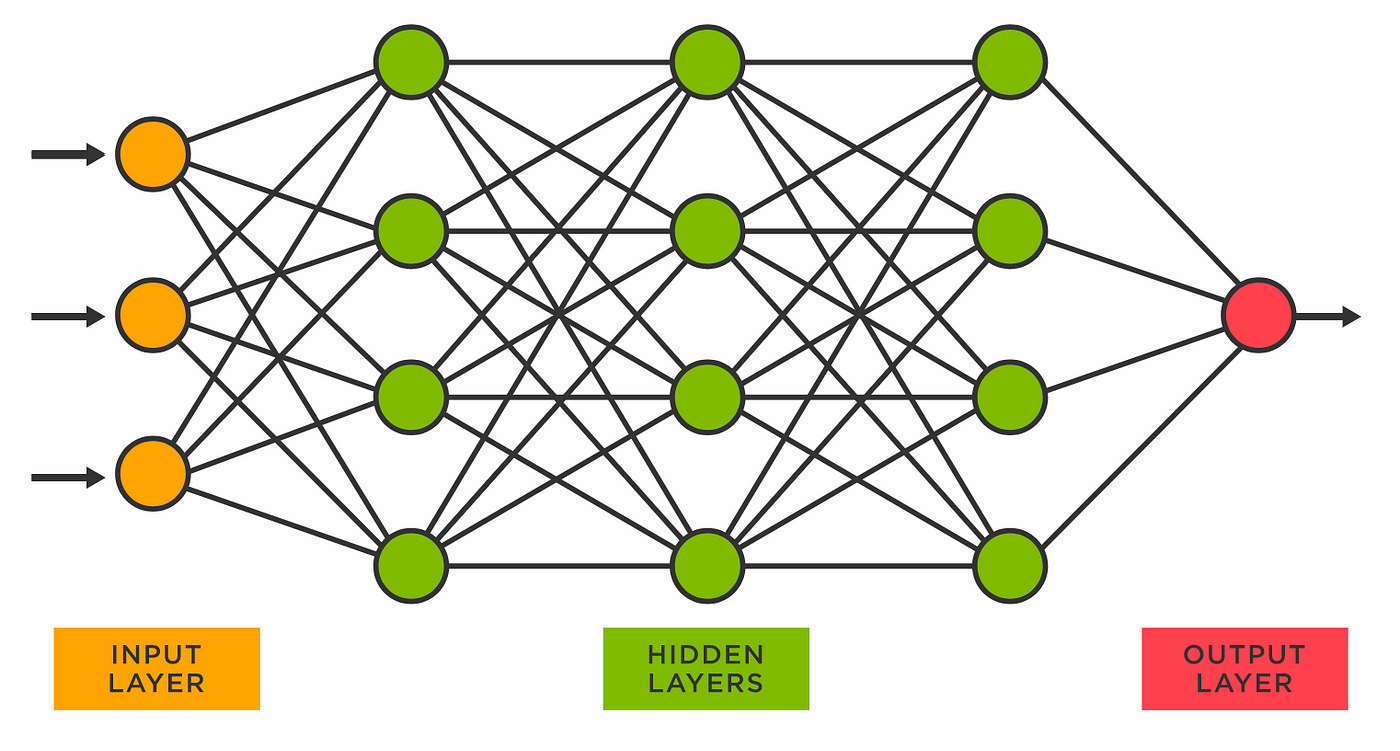In today’s fast-paced, digitally-driven world, efficiency and productivity are paramount. Enter virtual assistants (VAs)—a blend of technology and human expertise designed to streamline tasks, enhance communication, and improve overall productivity. This article explores the evolution of virtual assistants, their various applications, benefits, challenges, and the future of this transformative technology.
What Are Virtual Assistants?
Virtual assistants are software applications or AI-powered systems that can perform a range of tasks for individuals and businesses. They use natural language processing (NLP), machine learning, and other advanced technologies to understand user commands and execute tasks accordingly. While many virtual assistants are automated, some also involve human input, combining technology with personalized service.
Types of Virtual Assistants
- Personal Virtual Assistants: These assistants, like Apple’s Siri, Amazon’s Alexa, and Google Assistant, help users manage personal tasks, such as setting reminders, answering queries, and controlling smart home devices.
- Business Virtual Assistants: Tools like Microsoft 365’s Cortana or project management platforms like Trello incorporate virtual assistants that help businesses streamline workflows, manage schedules, and enhance productivity.
- Human Virtual Assistants: These are real people who offer administrative support, customer service, and various specialized tasks remotely. Platforms like Upwork and Fiverr connect clients with skilled virtual assistants who can handle everything from scheduling meetings to social media management.
- AI-Powered Bots: Many businesses use AI chatbots on their websites and social media to handle customer inquiries, provide support, and facilitate transactions, enhancing the customer experience.
Applications of Virtual Assistants
Virtual assistants find applications across various sectors, significantly improving efficiency and communication:
Administrative Tasks
For busy professionals, virtual assistants can handle scheduling, email management, data entry, and other administrative duties, freeing up valuable time to focus on core tasks. This is particularly beneficial for entrepreneurs and small business owners.
Customer Support
AI-driven virtual assistants provide 24/7 customer service, answering queries, resolving issues, and guiding users through processes. This enhances customer satisfaction by reducing wait times and providing immediate assistance.
Personal Organization
Personal virtual assistants help individuals manage their daily lives by setting reminders, organizing calendars, and providing information on weather, traffic, and more. This increases productivity by keeping users organized and informed.
E-commerce
In the e-commerce sector, virtual assistants can assist customers in navigating websites, placing orders, and tracking shipments. They can also analyze customer data to provide personalized product recommendations, enhancing the shopping experience.
Social Media Management
Virtual assistants can manage social media accounts by scheduling posts, responding to comments, and analyzing engagement metrics. This allows businesses to maintain a consistent online presence without overwhelming their teams.
5 Benefits of Virtual Assistants
The rise of virtual assistants offers numerous advantages for individuals and organizations alike:
- By automating repetitive tasks, virtual assistants allow users to focus on high-priority activities, enhancing overall productivity. This is especially valuable in fast-paced environments where time is of the essence.
- Hiring a full-time employee can be costly, particularly for small businesses. Virtual assistants provide a flexible and cost-effective solution, allowing organizations to pay only for the services they need.
- Virtual assistants can easily adapt to changing business needs. Whether a company requires additional support during peak seasons or needs to scale back during quieter periods, virtual assistants offer the flexibility to adjust accordingly.
- AI-powered virtual assistants can operate around the clock, providing support and information whenever needed. This is particularly beneficial for businesses with global clients across different time zones.
- By outsourcing tasks to virtual assistants, individuals can achieve a better work-life balance. This allows them to allocate more time to personal pursuits, family, and self-care.
The Future of Virtual Assistants
The future of virtual assistants looks bright, with several trends shaping their development:
As artificial intelligence continues to evolve, virtual assistants will become more sophisticated in understanding context, tone, and intent. This will lead to more natural and engaging interactions.Advancements in machine learning will enable virtual assistants to provide increasingly personalized experiences based on user preferences, behavior, and history. This will enhance user satisfaction and engagement.
As the Internet of Things (IoT) expands, virtual assistants will play a crucial role in connecting and controlling smart devices. Users will be able to manage their homes, offices, and vehicles seamlessly through voice commands.Future virtual assistants may incorporate voice and emotion recognition technologies, allowing them to respond more empathetically to users’ needs. This will enhance the user experience by creating a more human-like interaction.Rather than replacing human roles, virtual assistants are likely to complement human workers, enhancing collaboration and allowing teams to work more efficiently together.
Conclusion
Virtual assistants are transforming the way we manage tasks, communicate, and conduct business. By automating routine activities and providing instant support, they enhance efficiency, save costs, and improve the overall user experience. While challenges remain, the future of virtual assistants holds immense potential, driven by advancements in AI and a growing emphasis on personalization and user-centric design. As we move forward in this digital age, embracing virtual assistants will be crucial for individuals and organizations aiming to thrive in an increasingly competitive landscape.



